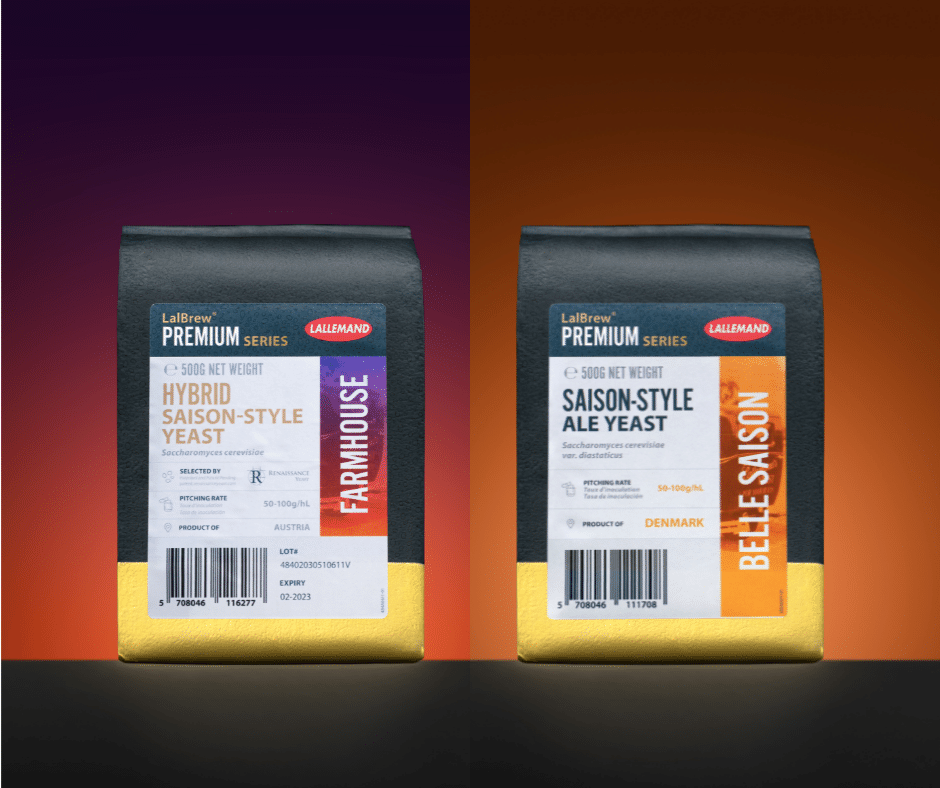Who remembers the 2013 Summer of Saison? A year that epitomised the optimism associated with the first wave of British Craft Beer. It was this year that any brewery worth its salt attempted to recreate the seasonal beers of Wallonia once provided to French and Belgian farm workers to quench their thirst in those long summer days.
As a style within the craft umbrella Saison is a broad church allowing for significant creativity. Beers labelled as Saison vary from partially wild fermented, including a degree of acidity and funk, to strong and relatively hoppy with characteristic Belgian aroma, reminiscent of Saison Dupont, possibly the best known beer of the genre.
Craft brewers keen to flex their creative muscles rushed to produce new, exciting Saison styles however, these were the days before the effects of Saccharomyces cerevisiae var. diastaticus were well known within the craft community.
Diastaticus refers to the ability of some strains of yeast to break down residual dextrin material in beer which would normally remain unfermented by brewing yeast at the end of fermentation. These strains secrete a glucoamylase enzyme into the wort which slowly breaks down the dextrins into fermentable sugar, allowing fermentation to proceed to attenuation levels over ninety five percent.
While not widely discussed within craft circles in 2013, the diastatic phenotype and the propensity of some strains which express it to appear to pause, just a little at the end of fermentation, before then munching their way through the remaining dextrin material was certainly evident at the time. I personally have witnessed the self-destruction of approximately two hundred firkins of a cask Saison racked on the assumption that the yeast had finished doing its thing.
Fast forward a few years and var diastaticus is no longer the obscurity it once was. While it is generally accepted that Saccharomyces cerevisiae var diastaticus can be used safely with adequate precautions, one development in particular has focussed the importance of diastaticus control onto the retinas of today’s craft brewers; the installation of packaging machines. The installation and use of in house packaging lines within craft breweries has increased enormously over the last ten years, with it, comes a responsibility to the consumer that the beers will retain a degree of microbiological and flavour stability to the end of their shelf lives, and certainly, a requirement not to explode. For this reason, Saison and Saison yeasts have been treated with caution in more recent times with many brewers preferring not to take the risk.
Lallemand have long included a Saison strain within our range, LalBrew Belle Saison™ is a classic STA positive Saison strain which strongly expresses the diastaticus phenotype. Fermentation is rapid, attenuation is very high and the strain produces a unique characteristic peppery phenolic aroma and citrusy esters. LalBrew Belle Saison™ is a versatile strain for producing Saison beers in the Belgian or French style.
Importantly LalBrew Belle Saison™ is produced in a different plant to the rest of the Lalbrew range guarding the rest of our strains against the risk of contamination with STA positive yeast.

In the summer of 2021 we introduced an innovative new Saison strain to our range. Lalbrew Farmhouse™ is our first ever hybrid yeast strain produced in collaboration with Renaissance Biosciences a biotechnology firm based in Vancouver, Canada. Lalbrew Farmhouse™ was designed to produce Saison like flavour while avoiding the diastaticus phenotype by breeding out the STA gene responsible for the characteristic. It is important to note that this was achieved using classical genetics and no genetic modification was necessary. In order to create the new strain breeding parents were chosen, one was a STA negative strain of Sacchromyces cerevisiae possessing very high levels of maltotriose utilisation and the inability to produce the H2S off flavour. The other was a classic STA positive Saison strain with great aroma production in the French or Belgian style. The numerous offspring resulting from the genetic crossing of the parents were tested for their real world brewing performance and lack of diastatic activity; Lalbrew Farmhouse™ was the final strain chosen for selection.
Lalbrew Farmhouse™ exhibits high attenuation in the region of 80%, is H2S negative, has low flocculation and high alcohol tolerance. The strain is POF positive, killer negative and STA negative. Additionally it produces fruity Belgian characteristics and comparatively less in the way of pepper when compared with Belle Saison. For very high attenuation reminiscent of a STA positive Saison strain enzymes can be added to the mashing process to increase attenuation.
Lalbrew Farmhouse™ allows the creation of classic Saison styles while also eliminating the risk of handeling STA positive yeasts within the brewery. Perhaps in 2022 we will see the second summer of Saison!

